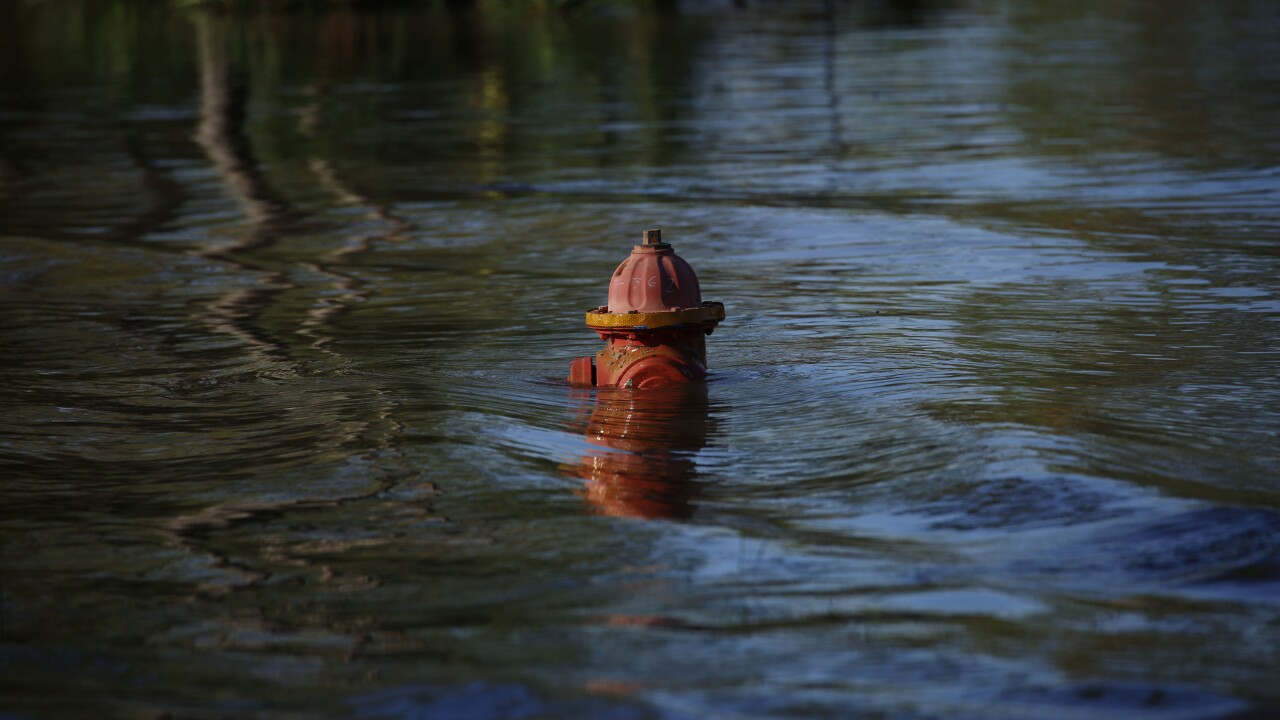California lawmakers trimmed the $1 billion Climate Catalyst Fund Gov. Gavin Newsom initially proposed two years ago down to a pilot program with initial funding of $47 million.
But the reimagined program is off to a rousing start.
“We have had upwards of 40 participants respond, but we are hearing from more people every day,” said Dan Adler, senior advisor for climate finance at the California Infrastructure and Economic Development Bank, which launched the fund on Jan. 31.

The pilot program will first target projects aimed at lessening
“Wildfires are the most acute manifestation of the climate crisis in California,” Adler said. “It’s getting worse and we need to address the challenge.”
The revolving loan fund currently has $47 million in its coffers from the fiscal 2021-22 budget, but lawmakers have proposed adding $25 million from the fiscal 2022-23 budget, Adler said. Assembly Bill 78, the budget trailer bill that created the program, allows for annual appropriations to support the fund.
The program, open to both private and public sector applicants, will help fund projects that reduce wildfire threats by clearing deadwood and tree-branch piles for reuse.
Loans could go for manufacturing facilities that transform tree branches into cross-laminated timber that can be load bearing, or for sawmill and biomass electricity-generation facilities, or manufacturing that uses the materials to create clean or low-carbon fuels. That also means projects that revitalize California’s long-ago weakened timber industries in ways that support the state’s goals for forest stewardship, meaning no clear-cutting, Adler said.
“Given California’s urgent need to reduce the risk of catastrophic wildfires, prioritizing forest biomass utilization is a critical first step for the Climate Catalyst Fund,”
The program also aligns with grant programs for wildfire prevention being created by lawmakers, Adler said of why the fund’s first mission was aimed at wildfire danger.
“Grant dollars alone will be insufficient to achieve the scale we need, and revolving funds like Climate Catalyst are a proven means of leveraging significant private capital, which is imperative in meeting the state’s climate goals,” Dee Dee Myers, senior advisor to Newsom and director of the Governor’s Office of Business and Economic Development, GO-Biz, said in a statement.
Newsom proposed $684 million in his 2022-23 budget request to support firefighters and purchase more helicopters and bulldozers, as well as $1.2 billion for forest management programs.
Though it’s targeting forest biomass projects at its inception, the Fund will ultimately expand into financing other projects to meet the state’s climate goals. Its next push after forestry-related projects will be to fund climate-smart agriculture projects.
“We are looking at other sectors,” Adler said. “We want to partner with all of the other environmental agencies. We want to get to the stage where we are supporting a broad range of infrastructure goals with money from the Catalyst fund and infusions from other state and federal programs.”
Newsom
The LAO
A pilot program would allow the administration to “define which projects would be eligible, demonstrate its ability to identify appropriate projects, and establish the actual demand for such loans prior to setting aside a significant amount of money,” the LAO wrote.
“The idea when Gov. Newsom originally proposed it was that there ultimately would have been a $1 billion fund for all sectors,” Adler said. “For a number of reasons, that proposal did not move forward. I don’t think we did a good job of describing how it would fit in with the other loan programs IBank manages. We were making progress aligning with the Legislature, and then with COVID, attention shifted elsewhere for good reason.”
The project has to scale up and create a track record, but eventually "we would issue bonds, rather than going back to the state for more cash," Adler said.
Beyond the need, in a state that has experienced several of the most devastating wildfires in its history over the past decade, Adler said it also had cooperation from the California Department of Forestry and Fire Protection to launch the program.
The IBank is a general-purpose finance authority created in 1994 with a broad mandate to help finance public infrastructure and private development.
The lender's mission is to provide financing for local governments, non-profits, and manufacturing companies that might not otherwise have market access. It acts as a
It pools loans from municipalities and others who might not otherwise have access to the municipal bond market, because the amount they need to borrow isn't enough to justify the expense of using bonds.
It already operates two revolving loan programs.
Through the Infrastructure State Revolving Fund, it lends money to local public agencies at below-market rates. In 2019, there were 100 outstanding ISRF loans totaling about $400 million, according to the LAO report. It also manages the California Lending for Energy and Environmental Needs Center, established in 2014, which makes low-cost loans to public agencies for renewable energy generation projects, and energy storage and conservation projects. The CLEEN Center had made 14 loans totaling $74 million, as of February 2020.
Governed by a five-member board, the IBank





